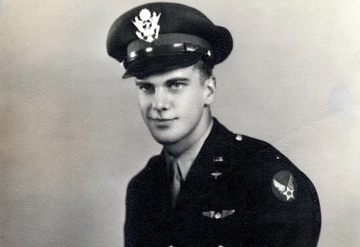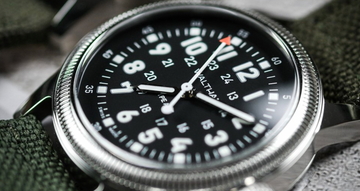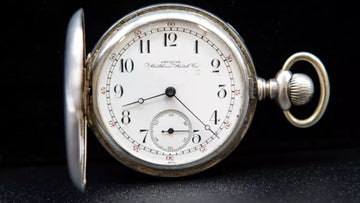
America — while not the birthplace of horology — created the system by which watches could be produced efficiently and in large quantities.
In the 19th century Watchmaking was primarily a Swiss business. It adopted the "etablissage system" which involved making certain parts under the roof of a factory while obtaining other parts from workers who used their own cottages as workshops to produce components.
This system required skilled and costly labor and was not very scalable. At the same time in the USA new manufacturing techniques were developed by the US Armory that called for using interchangeable parts.
This system was made possible by a strict organisation system, the extensive use of machines, and quality control systems that utilised gauges and measurement instruments to ensure precise and uniform dimensions.
Aaron Dennison a watch repair man from Brunswick, proposed to use similar techniques for the manufacture of watches because it allowed rapid assembly of the final watches.


In 1850 Dennison partnered with clockmaker Edward Howard and they eventually gave rise to the Waltham Watch Company to implement armoury practices to watches thereby creating the American System of Watch Manufacturing which allowed to achieve strict production tolerances and less manufacturing defects.

The idea of applying armoury practices to watchmaking allowed an efficient production where final assembly could be done by lesser-skilled workers, reducing labour costs, and where the same components could be used to manufacture different watch models.
The American Watchmaking System was later exported and adopted by the Swiss through Florentine Ariosto Jones who moved to Switzerland and founded IWC (International Watch Company).





